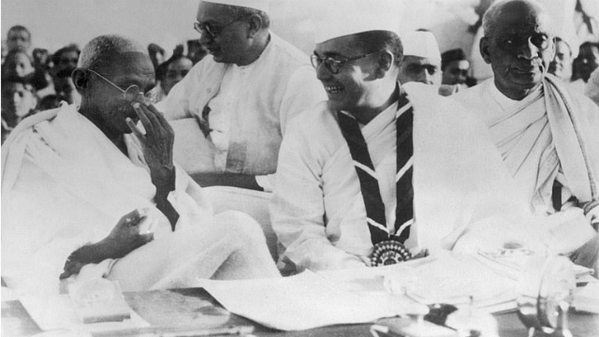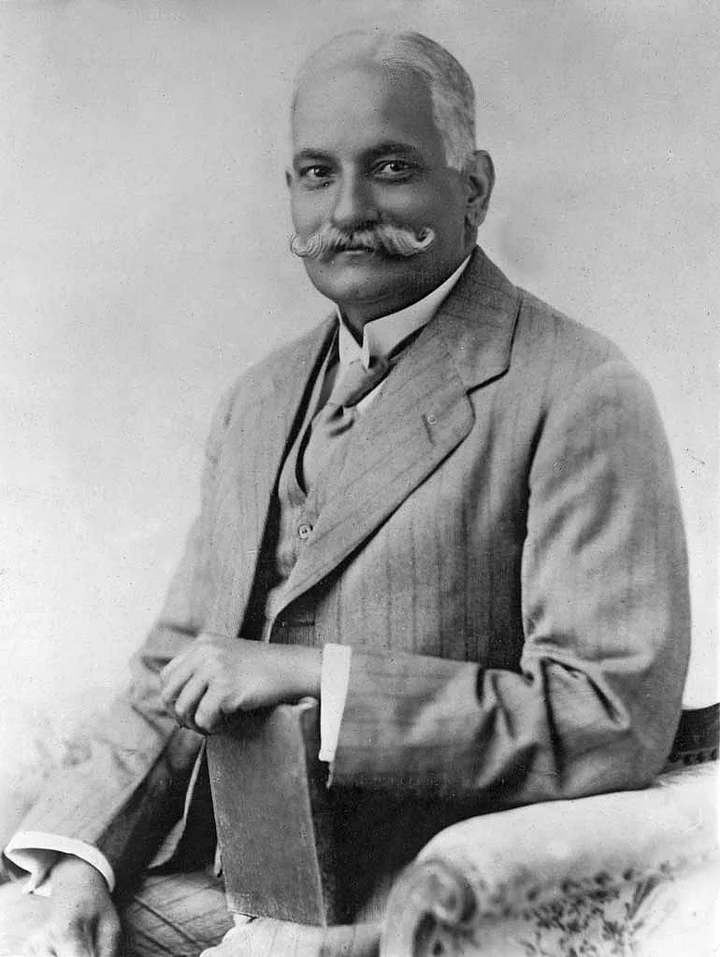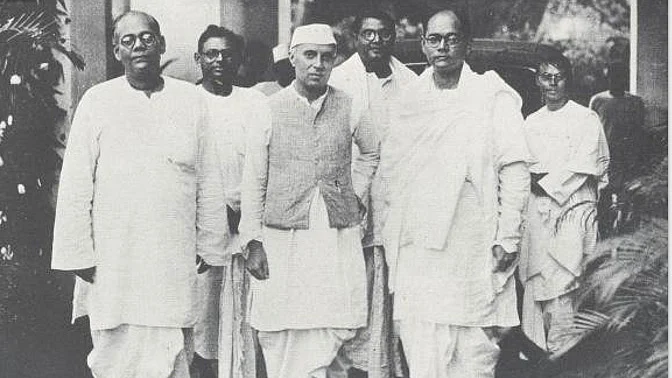(This article was first published on 23 January 2016 and has been reposted from The Quint’s archives to mark the birth anniversary of Subhas Chandra Bose.)
Subhas Chandra Bose – one of India’s most iconic political figures – was born on 23 January 1897.
In 1941, he left the country never to return. He died in a controversial air crash on 18 August 1945. Despite a staggering number of enquiries, the controversy refuses to die down and often overshadows his contribution to the freedom struggle.
This article briefly recapitulates the events from the time Bose came under the spell of Mahatma Gandhi as a youth leader of the Indian National Congress (INC) till he fell out with him in his second term as President INC culminating in his ‘great escape’, this month.

By the late 20s, Bose, along with Jawaharlal Nehru, had become a youth icon. So popular were they that even revolutionaries like Bhagat Singh, Chandrasekhar Azad and Jatin Das were inspired by them.
After the death of CR Das in 1925, Bose gradually became the most popular leader of Bengal. He represented the rebellious tendency in the state, not just against the British but against the Congress central leadership as well. He was elected mayor of Calcutta (now Kolkata) defeating JM Sen Gupta, the nominee of the Congress high command.
Bose and Vithalbhai Shared a Bond
While Bose was ideologically opposed to the rightist Vallabhbhai Patel, he was personally and politically close to the latter’s elder brother Vithalbhai Patel, a leader of the Swaraj party founded by Motilal Nehru and CR Das.

Vithalbhai and Bose had met in a sanatorium in Vienna where both were convalescing in 1933. When Gandhiji suspended the civil disobedience movement, they issued a strong-worded joint statement, the Patel-Bose manifesto, calling for a new radical leadership of the independence movement.
So fond of Bose had Vithalbhai become that he willed a portion of his fortune to him to be spent for the “political uplift of India and for publicity work on behalf of India’s cause in other countries”. But the will was challenged by Vithalbhai’s sibling, Vallabhbhai Patel as a consequence of which Bose didn’t receive a penny.
The Nehru-Bose Duo
Meanwhile, relations between Bose and Jawaharlal Nehru were going stronger by the day. While Nehru was in prison in India, Bose travelled from Vienna to Badenweiler to be with Kamala Nehru, who was suffering from TB. He remained there till Nehru arrived after being released from prison. When Kamala Nehru died, Bose was there to help Nehru and his daughter Indira (then 19) with the funeral arrangements. When Nehru told Bose that he was intending to set up a foreign affairs department in the Congress, the latter was mighty pleased as that was entirely in consonance with his own views.
Bose returned to India in May 1936 and was soon arrested. Nehru, who was the Congress president, gave a countrywide call to observe a protest on 10 May, 1936, to put pressure on the British authorities to release him.

Nehru’s second consecutive term was coming to end in 1937 and a suitable successor had to be found. As the masses were solidly behind the Nehru-Bose duo, Gandhiji with his foresight, decided to back the candidature of Bose.
Though the rightist lobby led by Sardar Patel opposed him tooth and nail, the Mahatma declared that “there really was no one other than Subhas who deserved to become the ‘rashtrapati’ (as the INC president was addressed in those days).
The first term of Bose was a smooth affair with many activities aimed at setting up goals to see that “everybody – man, woman and child – is better clothed, better educated and has sufficient leisure for recreation and cultural activity”.
Though Bose reassured Gandhians that he firmly believed in encouraging cottage industries, he felt, like Nehru, the need to embrace the idea of heavy industrialisation. Nehru was away in Europe in 1938 but Bose wanted him back to take over as the chairman of the National Planning Committee he proposed to set up for socio-economic reconstruction of the country when it became free.
Bose Wanted Industrial Progress
In envisioning the future of India, both Nehru and Bose placed considerable importance on the position of women and sought to initiate measures by which they could be brought into the mainstream of the development process.
One of the most comprehensive reports prepared under the aegis of the National Planning Committee was on women and their future in the planned economy of India. Proceeding along the guidelines suggested in the Fundamental Rights Resolution adopted by the Karachi Congress in 1931, the women’s report in the National Planning Committee spelt out in detail the existing social, economic and legal obstacles to the achievement of equal status and opportunity and advocated ameliorative measures, which were surprisingly modern and advanced. Adnav
While Nehru, as Chairman of the National Planning Committee, was actively involved in its preparation, Bose shared most of its recommendations, without, however, being directly involved because of his preoccupations as Congress president.
The need to forge national unity on the basis of the advances made by scientific progress was a constant preoccupation with Bose. With a restless zeal and inspired by the example of Russia, which in a short while had progressed from “being a country of half-starved peasants to well-clothed industrial workers”, Bose envisaged an India where industrial progress could improve “the standard of living of the people at large”.

The Re-Election of Bose
However, despite the enormous work he had undertaken in his first term, Bose was opposed for a re-election by the right wing of the Congress comprising Patel, Rajaji, Rajendra Prasad and GB Pant. Their choice was Abul Kalam Azad.
But the maulana considered discretion the better part of valour and refused to enter the fray. This pitted Patabhi Sitaramayya of Andhra against Bose. In a keenly fought contest, Bose polled 1,580 votes against Sitaramayya’s 1,375.
The re-election of Bose was a big blow to the right wing of the Congress, which had earlier stated: “Bose’s re-election is held to be harmful to country’s cause.”
The Mahatma, however, admitted to his defeat but, with his characteristic humility, added: “After all, Subhas babu is not an enemy of his country. He has suffered for it.”
All this, and more later, would, however, not heal the wounds and prevent Bose from charting an independent course and, ultimately, sacrificing his life to realise his dream of Azad Hind.
(Praveen Davar, a former Indian Army officer, is a member of the National Commission for Minorities. The views expressed are personal. He can be contacted at praveendavar@gmail.com. This has been published in an arrangement with IANS.)
(At The Quint, we are answerable only to our audience. Play an active role in shaping our journalism by becoming a member. Because the truth is worth it.)
